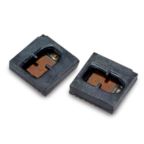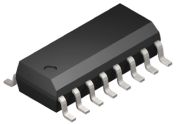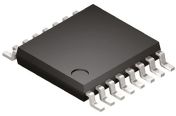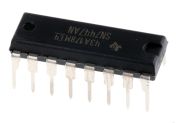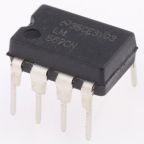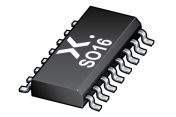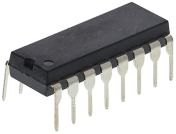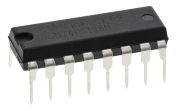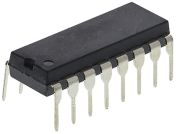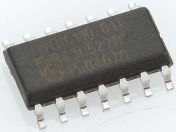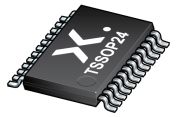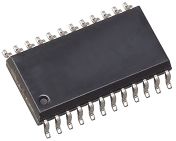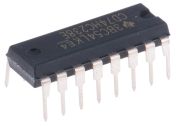Encoder & Decoder ICs
Encoders are logic semiconductor ICs (integrated circuits) that have been designed to encode and decode digital binary codes for inputs whilst decoders receive data transmissions in amateur radio frequency bands. They constantly monitor incoming signals for valid DTMF digits. These electronic circuits decode DTMF dial tones from telephone lines into touch-tone phones via a process known as tone dialling.
How do Encoders and Decoders work?
An encoder IC is manufactured to encode digital data from one format type or code to another that can accept multiple inputs and generate multi-bit output. Their primary functions are speed, security, standardisation by shrinking the size.
Decoder ICs increase connectivity in electronics to allow better control of applications. Home units like security alarm systems, electronic gates and garage doors, access control systems and everyday appliances make use of DTMF functionalities.
Types of Encoders and Decoders?
Encoder ICs are available with different encoding types such as Key and priority.
A DTMF (Dual Tone Multi-Frequency) decoder IC is a device that receives data transmissions in amateur radio frequency bands. They constantly monitor incoming signals for valid DTMF digits. These electronic circuits decode DTMF dial tones from telephone lines into touch-tone phones via a process known as tone dialling.
The most common types of DTMF Decoder ICs include 2-tone, 5-tone, multi-tone and burst-tone versions. Multi-tone decoders receive and translate multiple tones from the source whilst Burst-tone versions decode clashing frequencies into binary signals.
As well as being offered with variations of logic families, the number of pins on the IC and different mount types.
Applications of encoders and decoders
Encoders and decoders have an array of application use such as;
- Smoke and fire alarm system
- Home security systems
- Identity tokens
- Mobile phones and landlines
Related links
- Broadcom AEDR-9830-102 2MHz 30mA, 25-Pin 4mm x 4mm x 1.05mm
- Audio & Video Encoders & Decoders
- Texas Instruments LM567CN/NOPB 0.5MHz 12mA, 8-Pin MDIP
- Texas Instruments LM567CN/NOPB 0.5MHz, 8-Pin MDIP
- Texas Instruments LM567CM/NOPB 0.5MHz, 8-Pin SOIC
- Texas Instruments LM567CM/NOPB 0.5MHz 12mA, 8-Pin SOIC
- Multiplexer & Demultiplexer ICs
- Analogue Data Encoder
